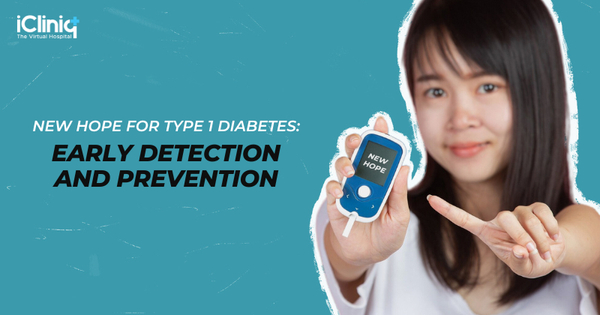Wave the Gold Ribbon: Childhood Cancer Awareness

Cancer at any age is deeply saddening. But for children who are yet to partake in the joys of life, to be sucked into the whirlpool of cancer can mean nothing less than heartbreak. Life-threatening disorders like cancer can have a physical, emotional, and financial toll on patients and their families. Knowing more about the condition can help tackle the issue or at least take the news better.
1) What Are the Numbers?

Childhood cancers are called that because they are identified below the age of 14. Cancer is the leading cause of death in children, with a curability of 80 % in high-income countries and 30 % in low-income countries. According to the WHO (World Health Organization), most childhood cancers end in death due to the lack of timely diagnosis. Read that again – pediatric cancers can end in death. The key reason? They were not identified on time. Ergo, the timely diagnosis of cancer could potentially be singlehandedly responsible for beating cancer with faster and better management.
2) Treat It Right

Treating cancer in children is not the same as a cancer treatment in adults. The general treatment options include surgery, radiotherapy, chemotherapy, and stem cell transplant. There are several factors to keep in mind when treating pediatric cancers. But before you go down that long road, there is a simple first step – not losing hope. Your child sees you as their beacon of hope and light in this sometimes-bleak world. Yes, without a doubt, you have your own share of anxious thoughts floating around your head the second you hear the diagnosis. But try to cheer the child up and give them the motivation they need to come through this.
3) Is This the End of the Road?

Definitely not! Yes, being diagnosed with cancer can be alarming, but in most cases, childhood cancer can be treated if diagnosed on time. Just take a look at the numbers. The odds are in your favor even if you are a glass-half-empty sort of person. 80 % of diagnosed pediatric cancers can be treated, provided you live in a high-income country.
4) What About the Rest?

Does your heart go out to those in lower socioeconomic countries where the prognosis for cancer is not as good as that in your country? The WHO and International Agency for Research on Cancer (IARC) observe the month of September as childhood cancer awareness month. They do so by spreading awareness on the global burden of cancer and the prevention and treatment of cancer in children. This is where the change is at.
5) Do Your Part

You can also do your part by spreading awareness of childhood cancers. Yes, it can be a heavy burden for those going through this situation, but you can lighten the load by the small steps you take. You can join a cancer awareness association, or if you work for a corporation, you can organize a corporate event as an awareness campaign or fund-raiser.
Sometimes life gives you pineapples when you were expecting lemons. You may not know what to do with it, but remember to never lose hope and keep striving. Or if you are not personally affected, try lending a helping hand to those who are and share some light….





